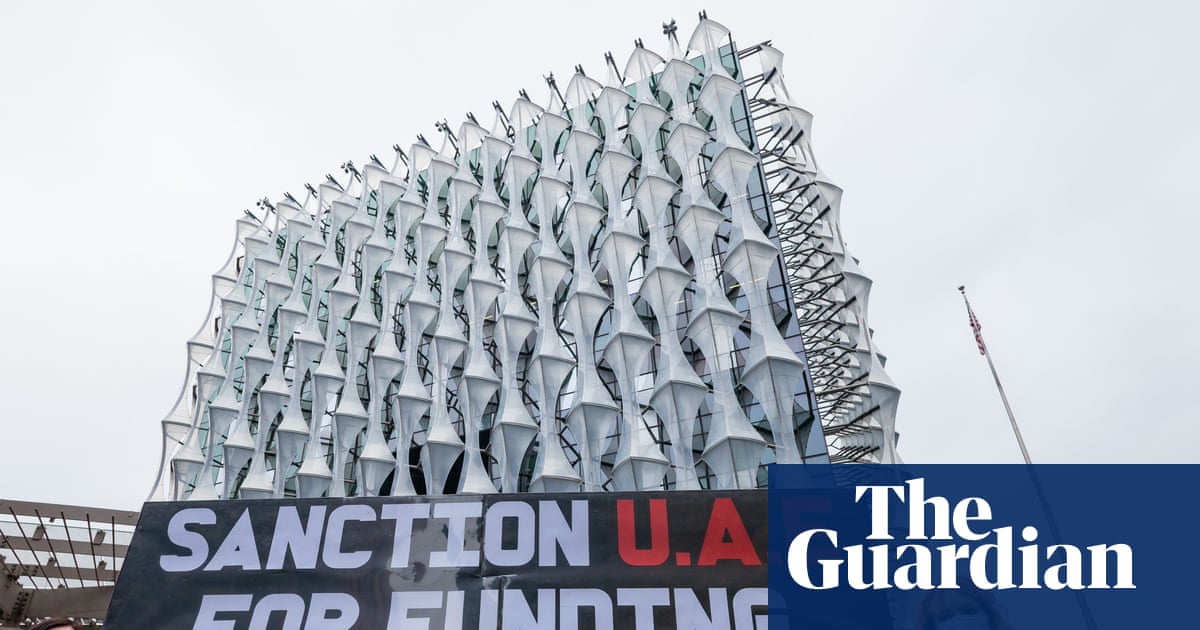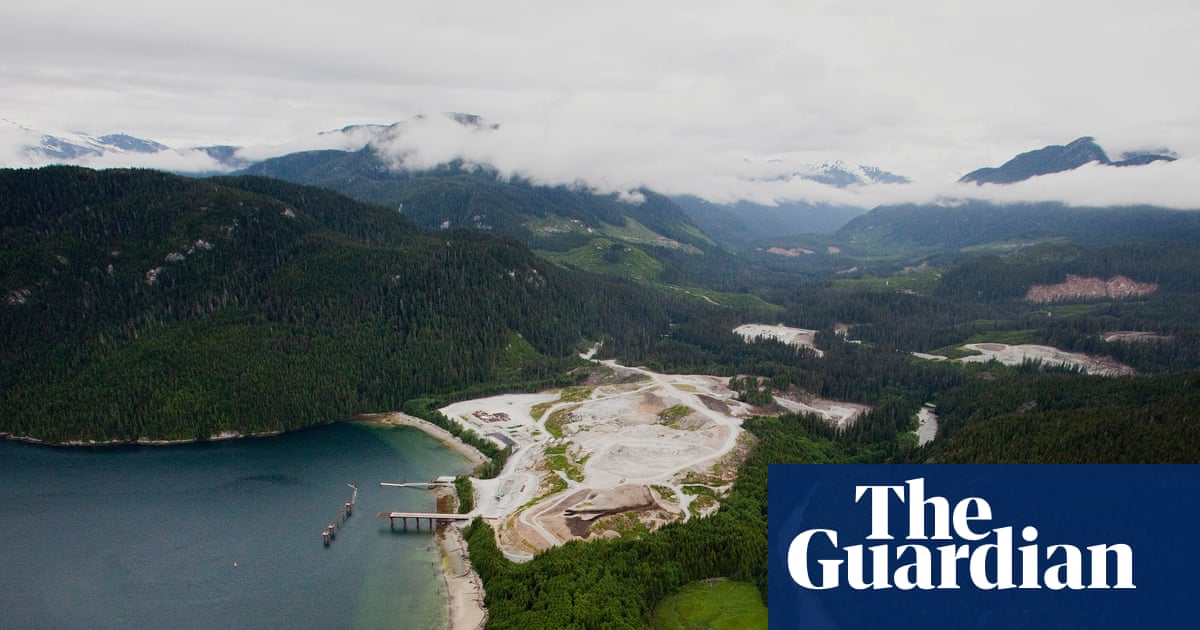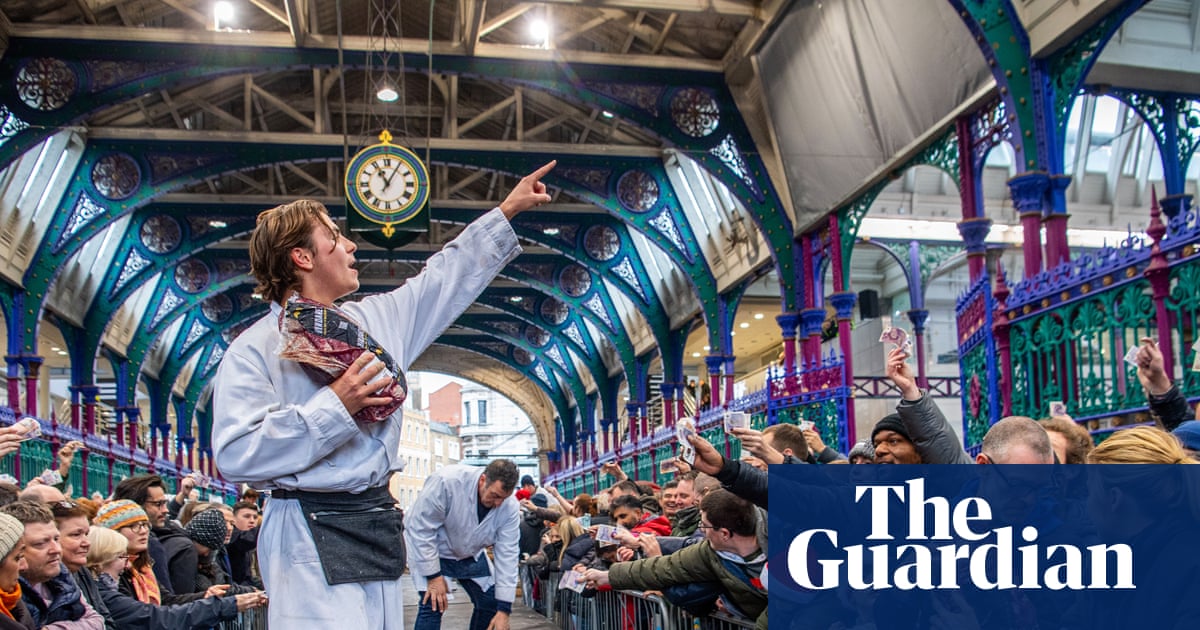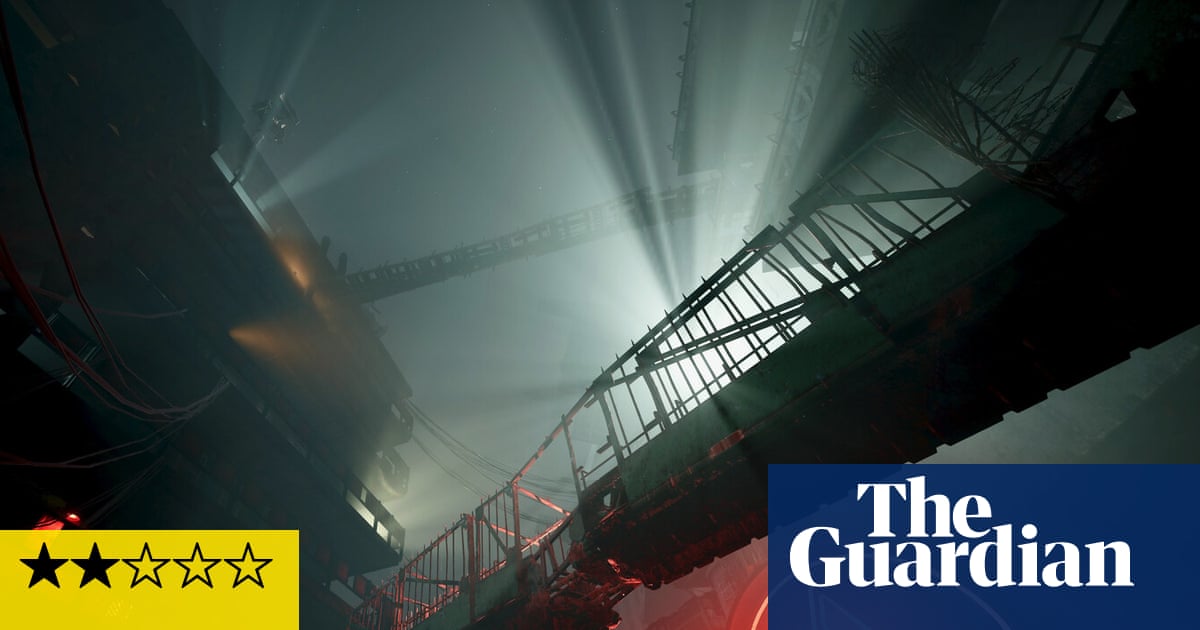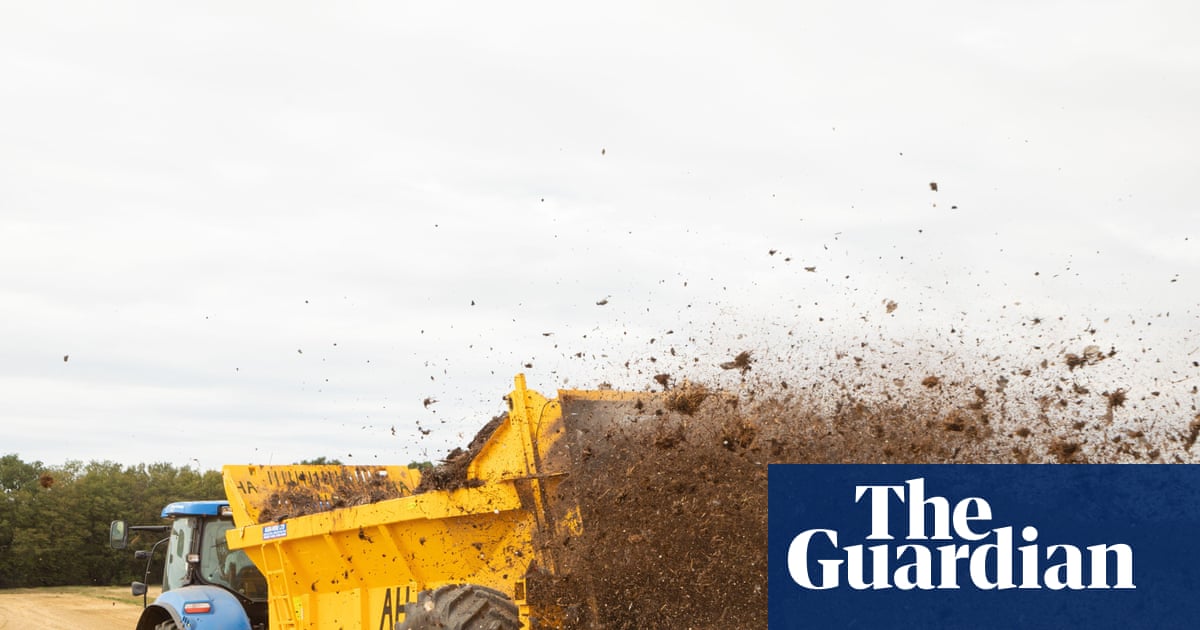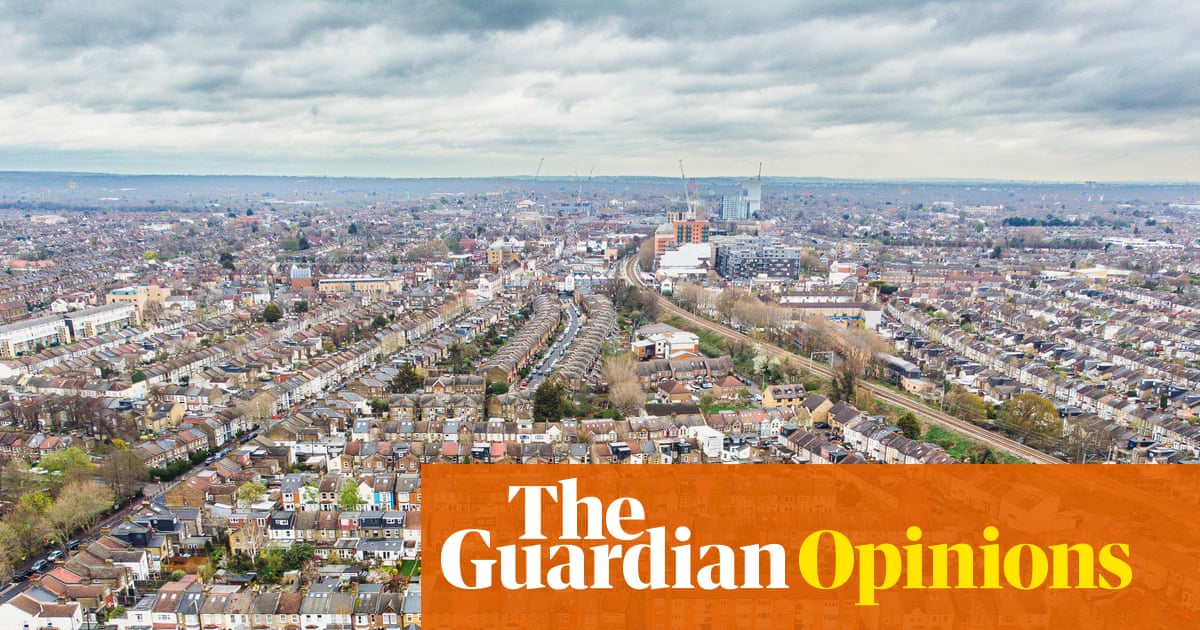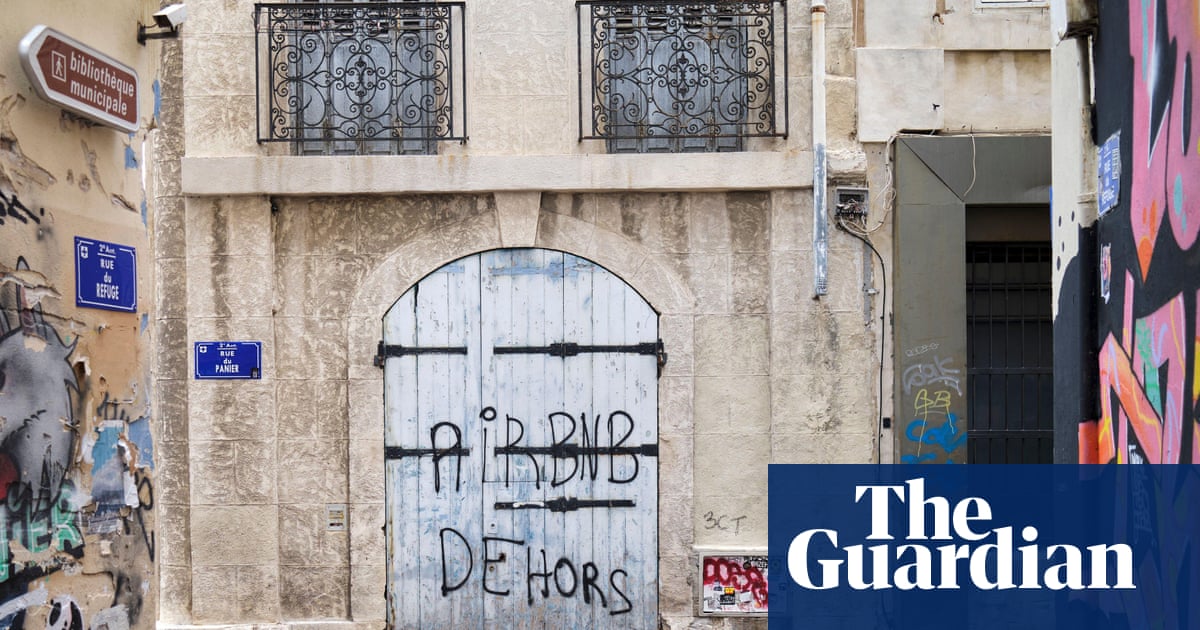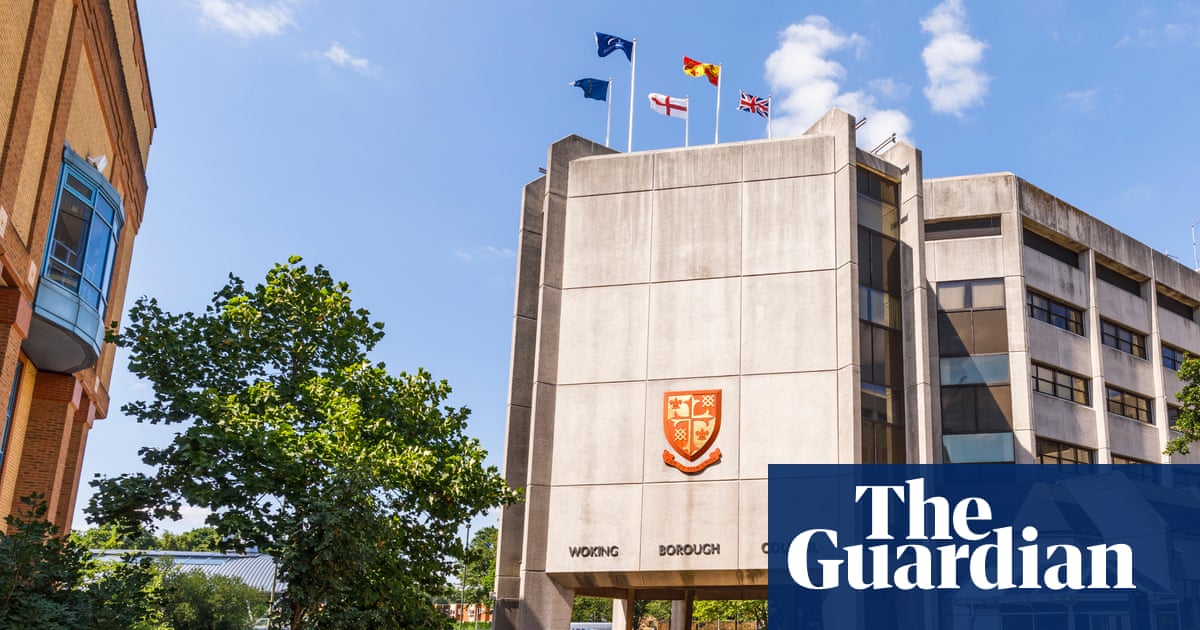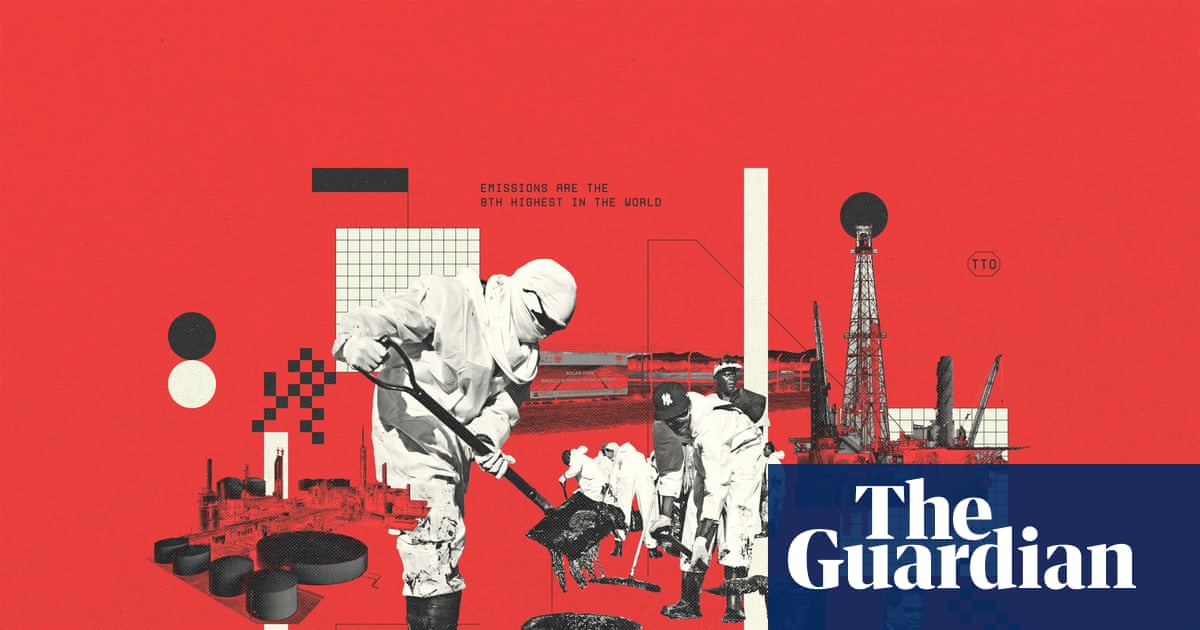As a ceasefire brings a measure of peace to the Dresden-like hellscape that Gaza has become, it is time to take stock of all that has been lost. The human cost of what the UN commission of inquiry recognises as a genocide is of course incalculable, but fewer are aware of how much rich history and archaeology has also been destroyed in these horrific months. This is bolstered by the widespread assumption that Gaza was little more than a huge refugee camp built on a recently settled portion of desert. That is quite wrong. In reality Gaza it is one of the oldest urban centres on the planet.
Golda Meir famously declared that “there was no such thing as Palestinians”, but the reality is very different. Palestine is actually one of humanity’s oldest toponyms, and records of a people named after it are as old as literacy itself. Palestine was an established name for the coast between Egypt and Phoenicia since at least the second millennium BCE: the ancient Egyptian texts refer to “Peleset” from about 1450BCE, Assyrians inscriptions to the “Palashtu” c800BCE, and Herodotus c480BCE to “Παλαιστίνη” (Palaistinē). This was all brought home to me as I worked, with my co-presenter Anita Anand, on a 12-part series on Gaza’s history for the Empire podcast.
Gaza was first referenced as a strategic prize in an Egyptian inscription of Thutmose III in the 15th century BCE, where it is referred to as Ghazzati. It is also one of the most fought-over and contested spaces: for more than 4,000 years this area has been an ethnically mixed crossroads, linking Africa with Asia, and the desert with the Mediterranean. It has also been a crucial strategic and economic hub: an often incredibly rich and prosperous port from which the spices, incense, perfumes and wines of western Asia were exported to Greece and Rome, the end of the caravan route from Arabia via Petra. As well as a fortress guarding the strategically crucial route leading from the eastern Mediterranean coastline to Egypt.
Travellers who visited Gaza over the centuries have often remarked on the fecundity of its vegetation and the diversity of its agriculture, both of which are the products of its underground waters and the Mediterranean climate. It is this that enabled Gaza to grow the excellent grapes that for many centuries were made into a much celebrated sweet wine, the Château d’Yquem of the classical world. An exhibition of the salvaged antiquities of Gaza currently showing at the Institut du Monde Arabe in Paris opens with a fabulous display of the distinctive “torpedo jars” in which the Gazans exported their wine. As late as the sixth century AD, these amphorae were reaching both Merovingian France and Anglo-Saxon England.
Each successive power in the Middle East has always wanted to own Gaza, and to conquer it, and over the centuries we hear of a succession of empires – first the Egyptians, Assyrians, Babylonians, Persians, Greeks and Romans, and later the Umayyads, Mamluks, Turks and the British – coming through and fighting to seize it. More difficult to see in the chronicles of conquests and sieges are the locals who have always lived hereabouts, century after century, whose faith has slowly evolved from paganism to all three of the Abrahamic faiths, and whose dominant language has moved from Aramaic to Greek then from Greek to Arabic.
Archaeology shows that the DNA of the different peoples who lived here has remained fairly consistent throughout the centuries: the modern inhabitants of this land, both Jewish and Palestinian, share much the same mix of DNA groups as the peoples who lived here in the bronze age, and whose skeletons have been tested in contemporary labs. The small Samaritan and Palestinian Christian minorities, the latter descendants of the first Christians, exhibit genetic patterns that are especially close to those extracted from ancient skeletons.
Although the town remained a robust centre of paganism long after many other cities in the region, its beachfront was also the home to the earliest monasteries of Palestine, as followers of St Antony of Egypt migrated there bringing the monastic movement to the Levant; soon “the desert became a city” as monasteries sprang up across the region. In 406 the Empress Eudoxia provided the funds for a cathedral for Gaza, and by the end of the sixth century, the celebrated church of St Sergius was built.
The Arab conquest used to be considered a major turning point in the region’s history, but according to many historians and archaeologists who specialise in this period, the conquest is almost invisible archaeologically. Surviving documents from the period indicate that for many years after, Gaza continued as an administrative centre of the region, and Greek-speaking Christians continued to run the bureaucracy. The son and grandson of two of the early chancellors of the Ummayad Caliphs, St John of Damascus, ended his life in the monastery of Mar Saba not very far from Gaza in the Judean desert. In time, the inhabitants of Palestine accepted the language, government and religion of their new masters; but it was a gradual process of transition, over many centuries, not a sudden catastrophic end of civilisation. The Arab conquerors were a small military elite; the local people remained much the same.
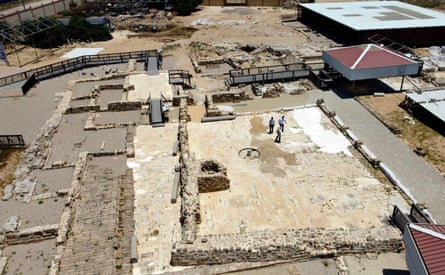
Gaza continued to flourish through the Crusader period, when it was given over to the Knights Templar to guard the frontier with Egypt; and even more so after the Mamluks expelled the Crusaders and filled Gaza with fine mosques and caravanserais. During the Ottoman period, Jaffa and Acre took over from Gaza as the most prosperous ports of the region, out of which Galilee cotton and Jaffa oranges were exported; but Gaza remained an important regional centre.
Gaza was the place where the Ottoman army made its stand against the British in the first world war. Here many of the same Ottoman troops who had defeated the British at Gallipoli again held their trenches against a mixed British, Indian and Anzac force, heading north from Egypt, armed with shells tipped with poison gas and the Middle East’s first tanks, shipped over from the Western Front in the hope of a breakthrough. It was only thanks to the flanking movement of the Anzac and Bikaner camel cavalry under General Allenby that Ottoman lines finally fell, at the third battle of Gaza at the beginning of November 1917. On 2 November, the Balfour Declaration was issued in London, changing the future of the territory for ever. By the end of 1948 Gaza was home to hundreds of thousands of Palestinians displaced by the Nakba.
Though Gaza now dominates news bulletins for the worst reasons, it is a place about which we have traditionally learned remarkably little; we are not taught its story in movies or TV documentaries, let alone as part of formal education. Yet it is something we obviously badly need to know in order to grasp current events.
This month sees the publication of several new books addressing that absence. As well as the catalogue of the brilliant Paris exhibition, Trésors sauvés de Gaza: 5,000 ans d’histoire (Saved Treasures of Gaza: 5,000 Years of History) historian Anne Irfan has just produced an excellent primer, A Short History of the Gaza Strip, while Jean-Pierre Filiu has published a supplement to his wonderful Gaza: A History, called A Historian in Gaza. In it, he writes: “The Gaza I knew, and whose length and breadth I’ve travelled, has ceased to exist.” All three count as essential reading for those hungry to know more about this ancient territory so as to better understand the current, desperate chapter in its history.

.png) 1 month ago
48
1 month ago
48
